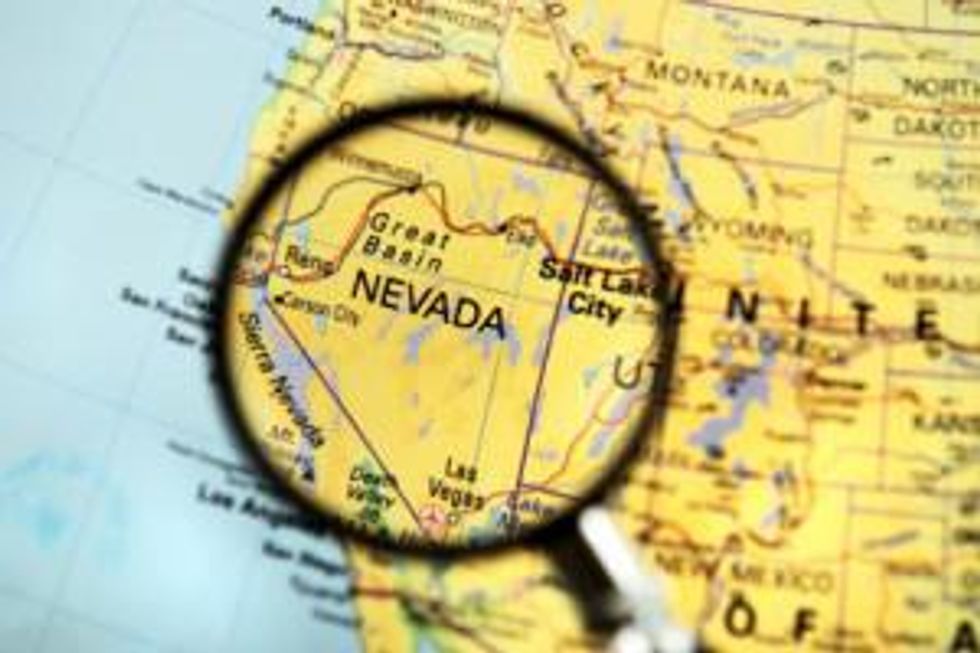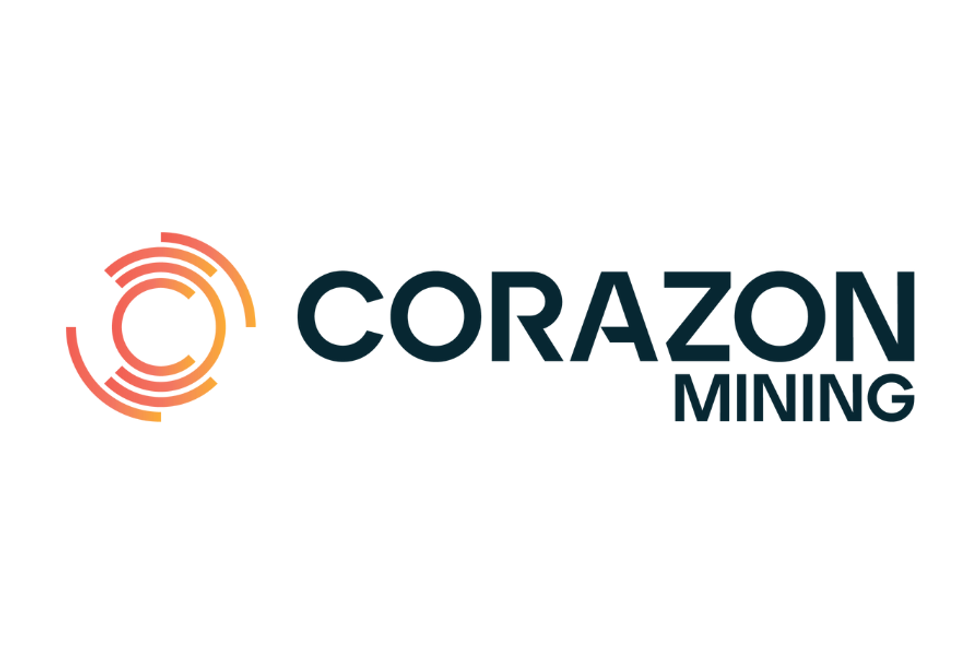While many jurisdictions claim to be “mining friendly,” Nevada could actually take the cake as one of the most favorable places for miners to be. Here’s a look at copper mining in the district of Yerington, Nevada.
While many jurisdictions claim to be “mining friendly,” Nevada could actually take the cake as one of the most favorable places for miners to be. Beyond just being politically stable, Nevada offers a wealth of other benefits.
Resource nationalism, permitting issues
Many variables are at play with mining in any jurisdiction. While some jurisdictions are touted as mining friendly, there are other factors that can derail even the best of projects. For example, issues surrounding Northern Dynasty Minerals’ (TSX:NDM) Pebble project in Alaska show how sometimes a jurisdiction that’s usually pro-mining can be no match for government rulings and a lack of popular support. In the case of Northern Dynasty, the US Environmental Protection Agency sidelined the project over concerns about how the mine would affect the world’s largest sockeye salmon fishery, located nearby.
Beyond regulators blowing the whistle on projects, companies can also find themselves in countries where governments belatedly realize the financial worth of the projects within their borders. In such cases, governments will sometimes opt to restrict the extraction of minerals to state-owned operations, or in some cases, such as with Indonesia, impose export bans on raw materials in the belief that the country will reap additional financial and labor benefits related to the materials being extracted.
Other issues that can impede mining projects include geopolitical tension, which, in some cases cannot be foreseen. Most recently, protests in the capital of Western Africa’s Burkina Faso have called into question the stability of the mining projects in surrounding areas. While companies have tried to reassure investors that their projects are far from harm, investors remain apprehensive about the situation.
The supply conversation
Although an October update to the Thomson Reuters GFMS copper survey calls for copper production to pick up in the second half of 2014 and for an overall supply increase this year, a similar update saw the International Copper Study Group revise its copper supply-usage forecast down substantially. Certainly, it’s worth being aware of some the longer-term issues surrounding copper supply.
The idea that copper grades around the world are dropping isn’t anything new. Furthermore, predictions of a copper surplus have been questioned, partly due to supply bottlenecks preventing mined material from being refined into copper.
Rising arsenic content in copper concentrates is also problematic since that material requires even more “clean” copper to be blended in before it can be refined at a smelter. Signs of a slowdown in demand growth from China are also cause for concern given that the country accounts for 40 percent of global copper demand.
However, demand is just part of the conversation — most near-surface deposits and those with high grades are being depleted and have largely been extracted. Some are predicting that more than half the world’s copper will be mined underground within the next few years. It’s therefore increasingly important to think about where new copper supply will come from.
Enter Nevada, and Yerington in particular
Located in Lyon County, Nevada, the Yerington district checks quite a few boxes when it comes to mining. More than simply accepting mining, the state actively encourages the development of mining projects.
Case in point: developer Nevada Copper (TSX:NCU) has seen strong bipartisan support at the federal, state, county and municipal levels for a land bill that will be important to the development of its Pumpkin Hollow project. The state’s history is rooted in mining, with areas like the Comstock silver mining district being important early catalysts to its growth. The industry is still a key part of Nevada’s economy today, with projects like Pumpkin Hollow bringing high-paying jobs to the state and the county.
The Yerington district has its own history, being home to the former Anaconda copper mine. The mine, which was operated by the Anaconda Copper Company from 1952 to 1978, produced over 1.7 billion pounds of copper. The site is now home to Quaterra Resources’ (TSXV:QTA,OTCMKTS:QTRRF,FWB:QR2) Yerington project.
A long history of mining and a welcoming jurisdiction are not all that Yerington has to offer — the district holds big copper potential as well. Entree Gold (TSX:ETG), which holds the massive Ann Mason project in the district, states on its website that the district “now hosts over 20 billion pounds of copper in several deposits” owned by different companies.
To be sure, the Yerington district has plenty going for it, and many base metals investors will be watching to see how copper projects in the area progress.
Copper miners in Yerington
Three copper juniors are currently operating in the Yerington district of Nevada:
Nevada Copper
As of now, the most advanced project in the Yerington district is Nevada Copper’s Pumpkin Hollow project. Overall, the project currently has 5.2 billion pounds of proven and probable copper reserves and a mine life of 22 years, but Nevada Copper is looking to do more exploration drilling to expand the resource. Though Nevada Copper is waiting for the Lyon County Land Bill to pass before it can begin Stage 2 at Pumpkin Hollow, its Stage 1 mine is already permitted and under construction.
In September 2014, Nevada Copper recorded a milestone for Pumpkin Hollow when the Lyon County Land Bill passed in the US House of Representatives. The bill, which will allow for accelerated permitting for Nevada Copper’s Stage 2 mine at Pumpkin Hollow, will still need to pass through the US Senate before being signed into law.
Entree Gold
Entree Gold (TSX:ETG) holds a 100-percent interest in the Ann Mason project, also located in the Yerington district. The company released a preliminary economic assessment for Ann Mason in October 2012, indicating life-of-mine production of 5.14 billion pounds of copper and 36.4 million pounds of molybdenum. Ann Mason has a pit-constrained indicated resource of 1.137 billion tonnes with 8.15 billion pounds of contained copper and 0.15 billion pounds of molybdenum, as well as an inferred resource of 873 million tonnes with 5.59 billion pounds of contained copper and 0.08 billion pounds of molybdenum, all at a cut-off grade of 0.2 percent copper.
Entree Gold commenced prefeasibility drilling at Ann Mason in July this year, and expects to finish by the end of the year. An updated resource estimate is expected in the first quarter of 2015.
Quaterra Resources
Quaterra Resources owns a portfolio of copper assets in the Yerington district, including the Yerington and Bear deposits at the historic Anaconda copper mine, as well as the MacArthur deposit, 8 kilometers northwest of this location. The Yerington deposit’s measured sulfide resource currently contains 205 million pounds of copper and an indicated sulfide resource of 428 million pounds of copper. Resource calculations at the Bear deposit are still historic in nature, and need further work to be proven up. MacArthur, for which a preliminary economic assessment was completed in 2012, contains a measured oxide resource of 313 million pounds of copper and an indicated oxide resource of 362 million pounds of copper.
In addition to its large copper resources, Quaterra owns substantial water rights in Yerington that are permitted for mining.
Quaterra is hoping to integrate its assets into a district-scale operation. In June 2014, the company signed an option agreement with Freeport-McMoRan Nevada that covers all of its Yerington assets and has the potential, after due diligence, to provide up to US$388 million in funding for the development of these assets.
Securities Disclosure: I, Teresa Matich, hold no direct investment interest in any company mentioned in this article.
Editorial Disclosure: Nevada Copper and Quaterra Resources are clients of the Investing News Network. This article is not paid-for content.






